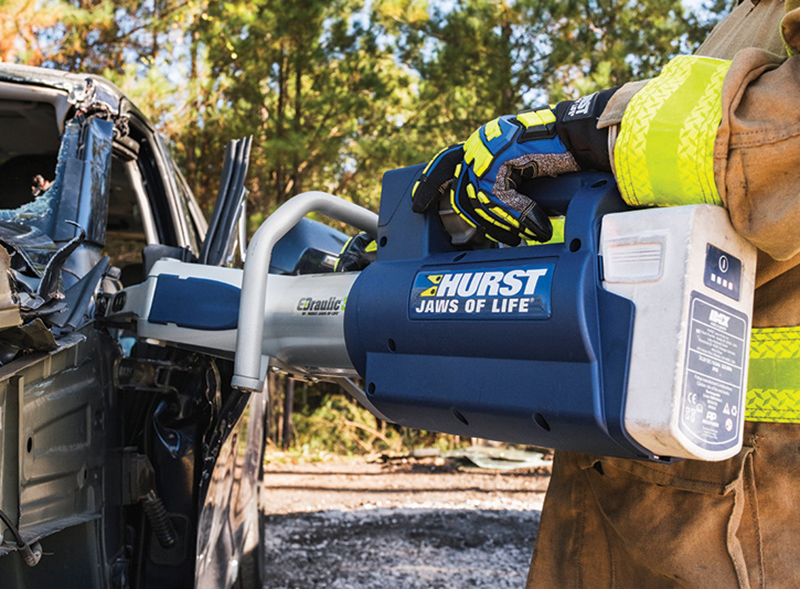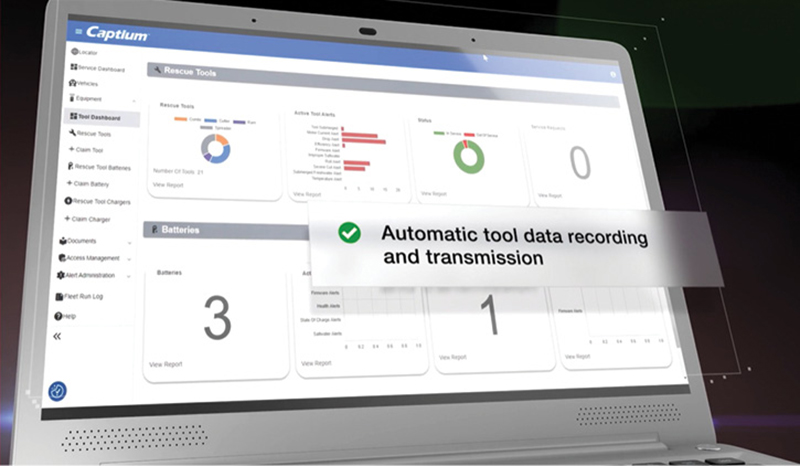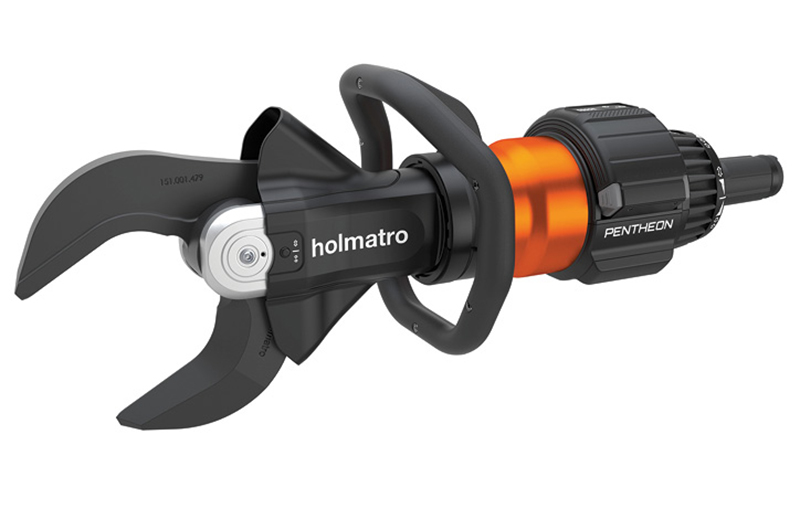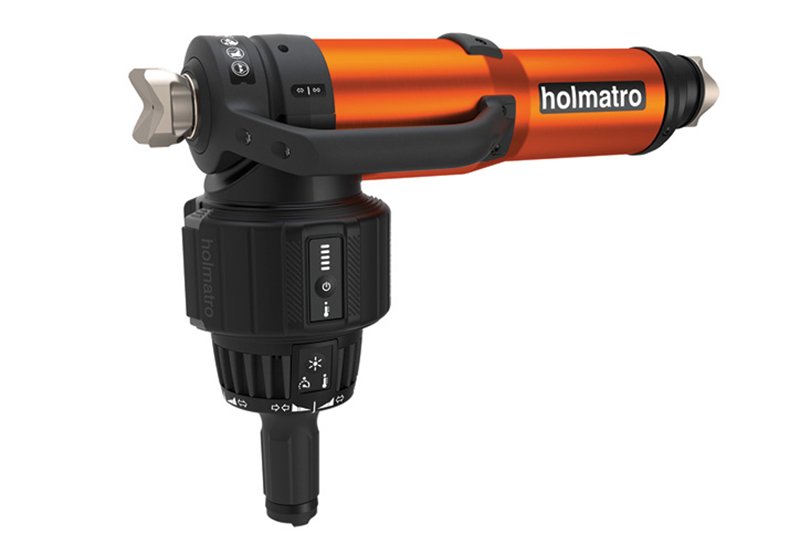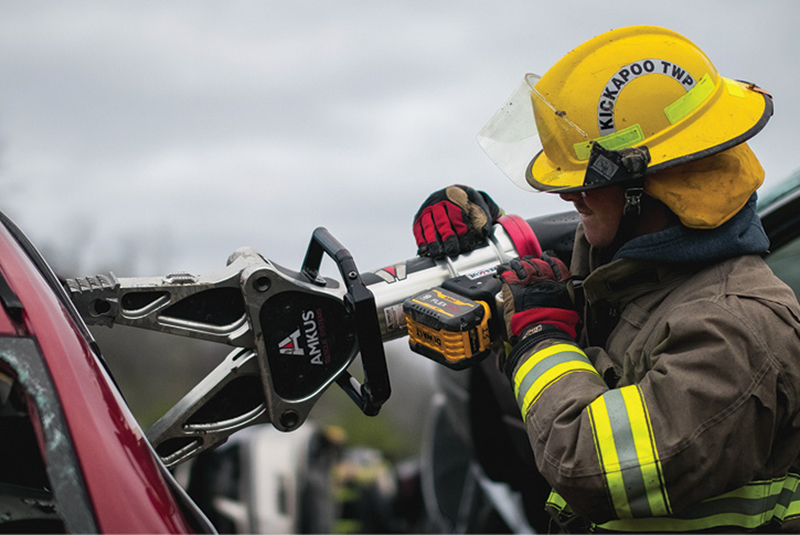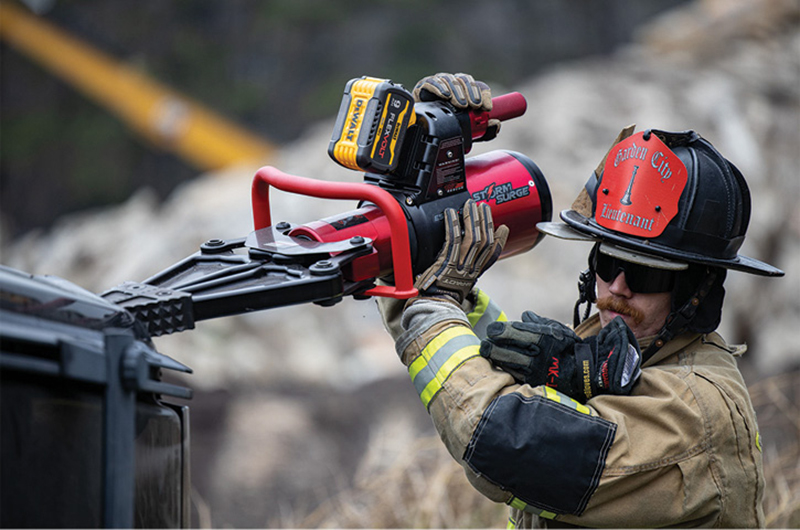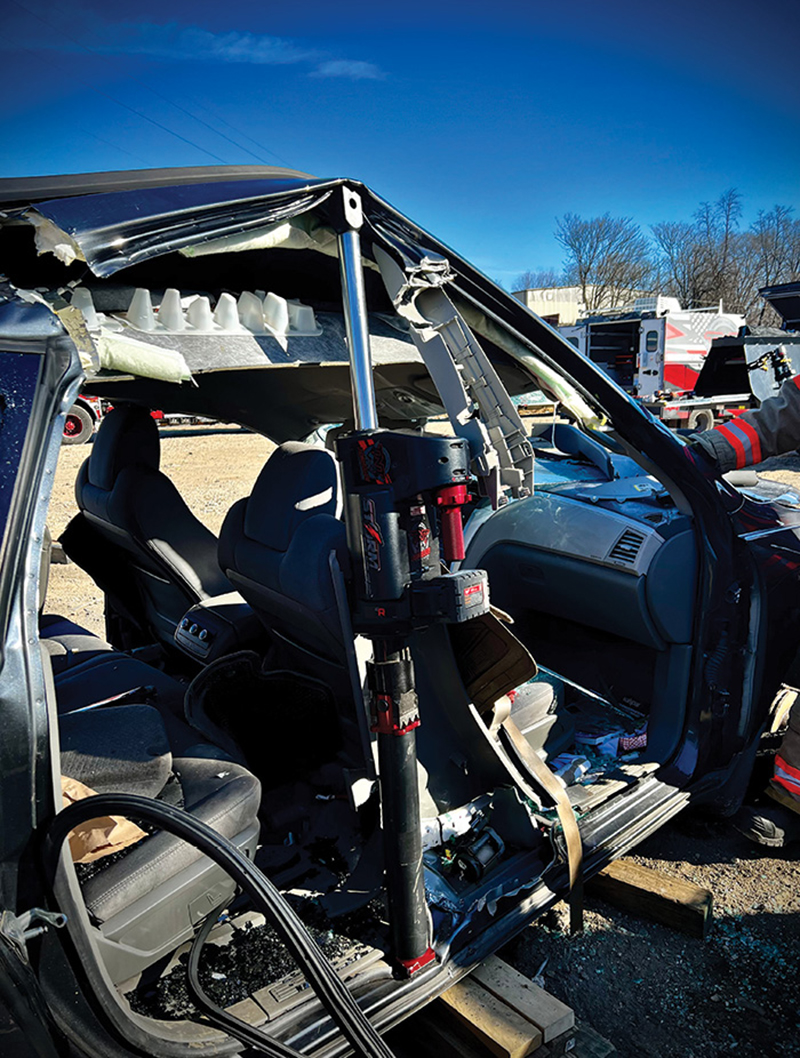Battery-powered rescue tools are being seen on every type of fire apparatus, from rescues and pumpers to aerials and medical units. Manufacturers have developed battery-powered tools that are lighter weight, are more ergonomic, are more powerful, have longer battery life, and are even using Smart technology.
Maria Hovanes, North American director of product management for HURST Jaws of Life®, says that while HURST has been making battery-powered rescue tools for several years, it continues to provide for higher-capacity loads and faster, stronger, and more reliable rescue tools. “We’ve seen that batteries have become much more robust and long lasting, and they also are proving to be a source of intelligence.”
Hovanes notes that the HURST E3 Connect is the latest development for its battery-powered rescue tools; it uses software and firmware in the system connected to the IDEX Safety Captium Data Hub to pull telemetry from the tool and upload its data to the Captium cloud. “E3 Connect is able to provide the user with a number of valuable pieces of information on the tool’s video screen,” she says. “Captium Data Hub takes the data points from the tool and turns them into easy to understand and useful information for the user.”
Hovanes points out that, for instance, information might be that the tool is running hot or it might be approaching cutting not in a safe mode, details about the health and status of the battery, and other alerts and notifications. “The battery is the tool’s power source and intelligence hub,” she says, “and the tool communicates with the battery by sending it telemetry data, which is then communicated by the battery through any available Wi-Fi connection into the Captium Data Hub.”
1 A firefighter uses a HURST Jaws of Life E3 Connect eDRAULIC battery-powered cutter. (Photos 1-2 courtesy of HURST Jaws of Life.)
2 The HURST Jaws of Life E3 Connect battery-powered rescue tools connect to the IDEX Fire & Safety Captium Data Hub, where their telemetry is uploaded to the Captium cloud and made available on laptops, tablets, and smartphones.
E3 Connect battery-powered rescue tools are available in four spreader models, three cutter models, three versions of rams, and three models of combi tools, Hovanes adds.
Randall Wells, rescue specialist for Holmatro, says the next gen series of Pentheon battery-powered rescue tools introduced a high level of performance, usability, connectivity, and serviceability. Wells notes the next gen line includes four spreaders (PSP60, PSP50, PSP40, and PSP40CL), four cutters (PCU 60, PCU50, PCU40, and PCU30CL), two telescopic rams (PTR50 and PTR40), two rams (PRA50 and PRA40), and three combi tools (PCT60, PCT50, and PCT14).
“Our most popular series is the 50 series, which is in the middle of the line in terms of size and ergonomics,” Wells says. “You see a lot of 50 series tools on pumpers and rescue-pumpers, while the 60 series is more popular on heavy rescues.” He notes that the next gen Pentheon tools have stepless speed maximization to allow them to continuously optimize motor and pump settings to give maximum speed at any tool load, electronic motor control, and pressure monitoring. They also feature two operation modes for maximum flexibility in all rescue operations and a two-speed inline control handle that lets the user switch between high speed and low speed while maintaining control.
Wells points out that the next gen Pentheon tools have a lower tool sound that enables easier communication on a scene, a redesigned LED interface that provides up-to-date tool feedback, and a 360-degree inline control handle that allows the user to access a vehicle from all sides. Pentheon’s advanced connectivity, he adds, links the tool to a tablet or smartphone via Bluetooth to allow real-time monitoring of the tool and viewing of diagnostics during every operation. “The tool’s electronic brain is mainly located in the battery, making the tool’s main mechanics function at all times,” Wells says. “The battery, which is incorporated into the tool’s body, can be removed from the tool from any position while the tool is in use.”
3 The most popular Holmatro battery-powered cutter is its 50 series tool. (Photos 3-4 courtesy of Holmatro.)
4 The Holmatro telescopic ram in the closed position.
5 A firefighter uses an AMKUS cutter on a crashed vehicle. (Photos 5-6 courtesy of AMKUS Rescue Systems.)
6 An AMKUS ION IS320 spreader at work.
7 A firefighter uses a TNT Storm Surge spreader. (Photos 7-8 courtesy of TNT Rescue Systems Inc.)
8 A TNT battery powered telescopic ram opens up and supports the side of a vehicle.
Tim Jennings, engineering manager for AMKUS Rescue Systems, says his company focuses on several important elements of battery-powered tools, especially reducing the weight of the tools, making them stronger, and improving their ergonomics. “If the tools are lighter, they can be made faster,” Jennings notes. “If we can shave two to five seconds on a tool’s opening or closing, it makes the rescue that much faster.”
Jennings points out that AMKUS Research and Development has been performing endurance testing of high-strength plastics to optimize its line of midrange battery-powered tools. “We removed materials where we could and introduced other materials that took weight out of the tool,” he explains. “We are also looking at various plastics and composites for nonloadbearing areas of the tools. We also are trying to simplify how the tool communicates and the indications it gives the user.”
Bill Davis, AMKUS Midwest regional sales manager, points out that the company’s most popular line of battery-powered tools is its next gen ION IS320 32-inch spreader, the IC700 short blade and IC750 long blade cutters, the ICT716 combi tool, and the ITR500 telescoping ram. “All of these are midrange tools, and they are very nimble yet full powered,” he observes. “The combi tool and the cutters have 360-degree rotating handles, and we just came out with extended reach tips (ERTs) for the combi tool, which add 4 inches of length. The ERTs are also used on the IS320 and IS290 spreaders.”
Obie Oberholzer, senior vice president and general manager at TNT Rescue Systems Inc., says all TNT hydraulic rescue tools have aircraft aluminum bodies that make them both lightweight and durable. Its Storm Surge series battery-powered tools can run on a variety of battery platforms, including Milwaukee M18, DeWalt Flexvolt, and Makita LXT, he adds.
Oberholzer notes that the Storm Surge tools feature four LEDs to provide better lighting and allow best tool placement, and their battery terminal is located at the top of the tool between the carry handle and control valve, ensuring that the battery is more protected. The tools also feature an ergonomic control valve handle, making it easier to use the tools for extended periods, as well as a variable speed control valve, allowing the user to control the speed of the tools.
ALAN M. PETRILLO is a Tucson, Arizona-based journalist, the author of three novels and five nonfiction books, and a member of the Fire Apparatus & Emergency Equipment Editorial Advisory Board. He served 22 years with the Verdoy (NY) Fire Department, including in the position of chief.
